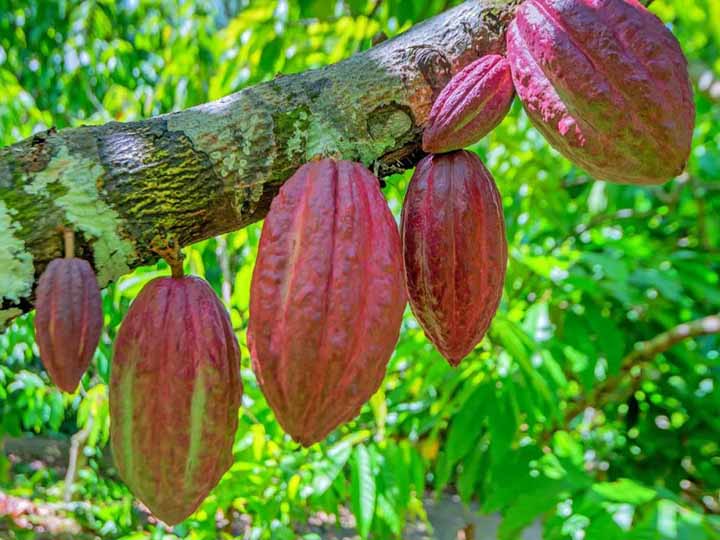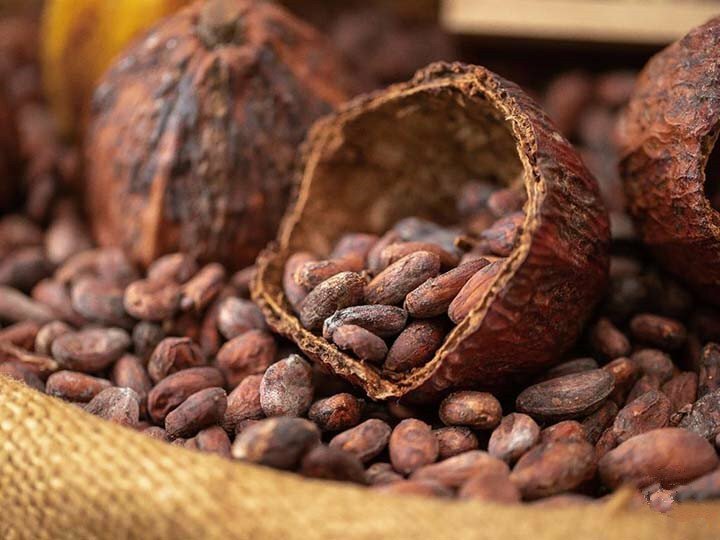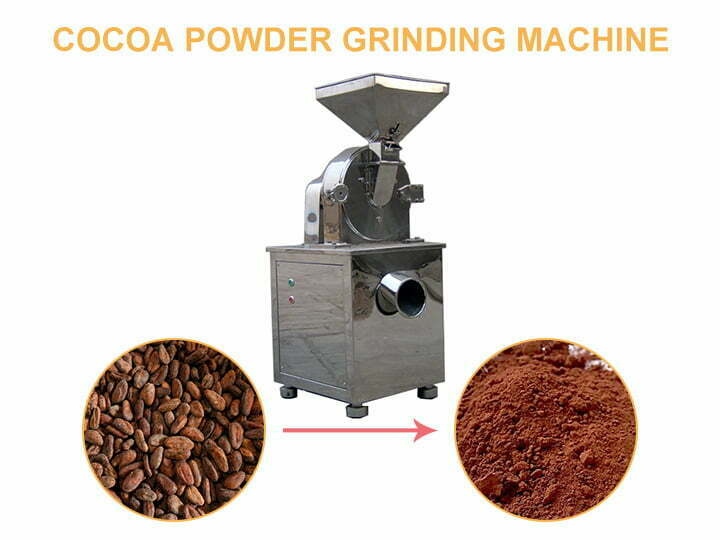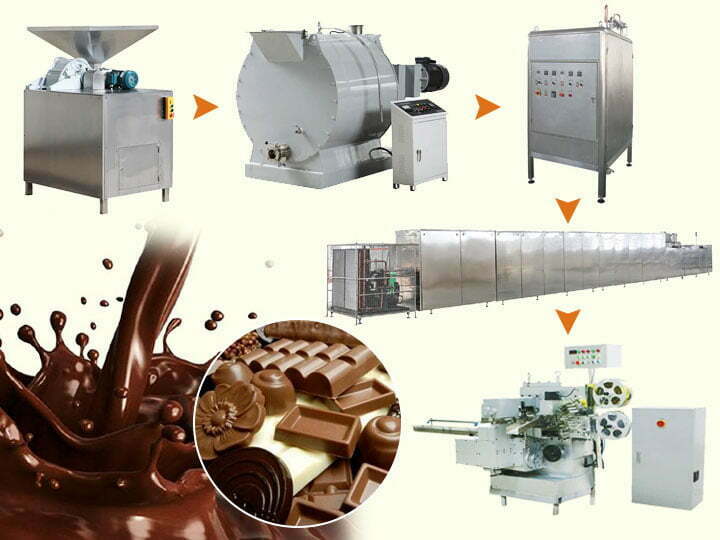The chocolate manufacturing process is something that many people want to know. In this article, we will introduce it to you.
Introduction to the Cocoa Tree
If you want to know the chocolate manufacturing process, the first thing you need to know is the cacao tree. The main raw material of chocolate comes from the cocoa tree, which means the food of the gods. The cocoa tree is a tropical plant, with a growth range between 20 degrees north and south latitude. There are about 30 main growth areas in the world. The main production areas are concentrated in Africa and Central and South America.
A mature cocoa tree is about 25 feet tall and produces small flowers and fruits all year round. After ripening, the fruit is pod-shaped, with 20-40 almond-like seeds. After shelling, the cocoa beans can be taken out. The seeds of cocoa trees in the first five years of planting cannot be produced and utilized. And the cocoa beans produced after five years of tree age will have utilization value, and the yield will gradually increase. After 15 years of planting, the production peak of the cocoa trees can be maintained for about 30 years, and then the output gradually decreases, and there will be no production benefit after 40 years.

Yield and composition of cocoa tree
The cocoa bean is the fruit of the cocoa tree. After harvest, we need to come to the step of fermenting cocoa beans. After a few days, the interior of cocoa will turn reddish-brown and produce a strong aroma. Then peel off the pulp and take out the cocoa beans. Each cocoa tree can only harvest 1-2 kilograms of cocoa beans a year. 50% to 60% of cocoa beans are cocoa butter, theobromine, and caffeine. After fermentation, drying and grinding, we can use cocoa beans to make cocoa powder. And the cocoa powder is the main raw material for making chocolate. It is also an important knowledge of the chocolate manufacturing process.

Two harvest periods of cocoa beans
There are two harvest periods of cocoa beans a year: The main harvest period is from October to March of the next year, and more than 3/4 of the world’s production is harvested during this time. The secondary harvest period is from May to August, but Brazil’s production at this time is greater than that of the main harvest period. As there are many cocoa-producing areas in the world, it forms a situation of continuous production all year round. This reduces the influence of seasonal factors. Cocoa has appeared in written records since the 17th century, and its origin is even earlier than coffee. But it was not until the 18th century that cocoa changed from a solid to a liquid beverage like coffee. Since then, the chocolate manufacturing process has gradually matured.

What is the process of producing chocolate?
- Harvest the cocoa fruit: Cut the cocoa fruit, and the cocoa seeds are wrapped in the white soft sticky pulp, which is similar to the Thai mangosteen. In order to obtain cocoa beans faster, many cocoa bean plantations now use cocoa pod splitting machine to obtain cocoa seeds.
- Make cocoa beans contact with air to produce fermentation: expose them to the sun or use a dryer for about two weeks. Then the cocoa seeds gradually turn brown.
- Separate the cocoa bean shell from the beans: put the cocoa beans into the Roasting machine for baking. This step is the key process of making chocolate from cacao beans.
- Grinding: Put the roasted beans in a cocoa bean grinder and grind the beans into a paste. This is the most original raw material for making chocolate
- Mixing: Mix cocoa butter, sugar, cocoa powder, milk powder, and other raw materials evenly.
- Temperature regulation: In the chocolate manufacturing process, the purpose of temperature regulation is to form stable crystals of cocoa butter contained in the raw material. As a result, molded chocolate can develop a bright sheen that can extend its shelf life of the chocolate.
- Molding: This step is to pour the tempered chocolate into the mold of the molding machine. The chocolate molded into the shape of the mold turns into a colored chocolate product with a fixed shape after cooling.
- The formed chocolate can be circulated on the market after being packaged.

The above is a brief introduction to the chocolate manufacturing process. If you want to know more about making chocolate, please contact us.
